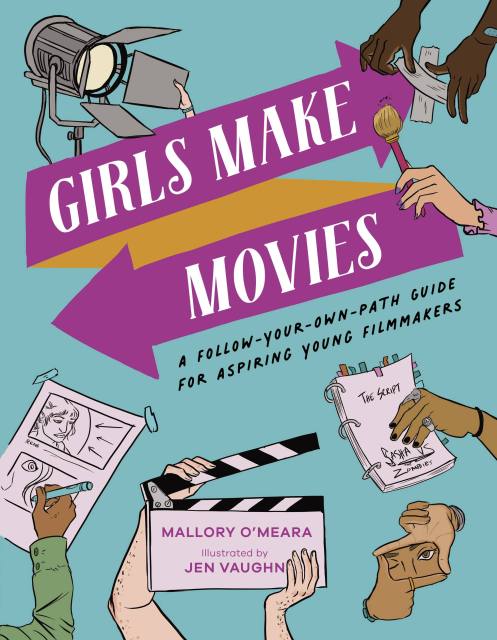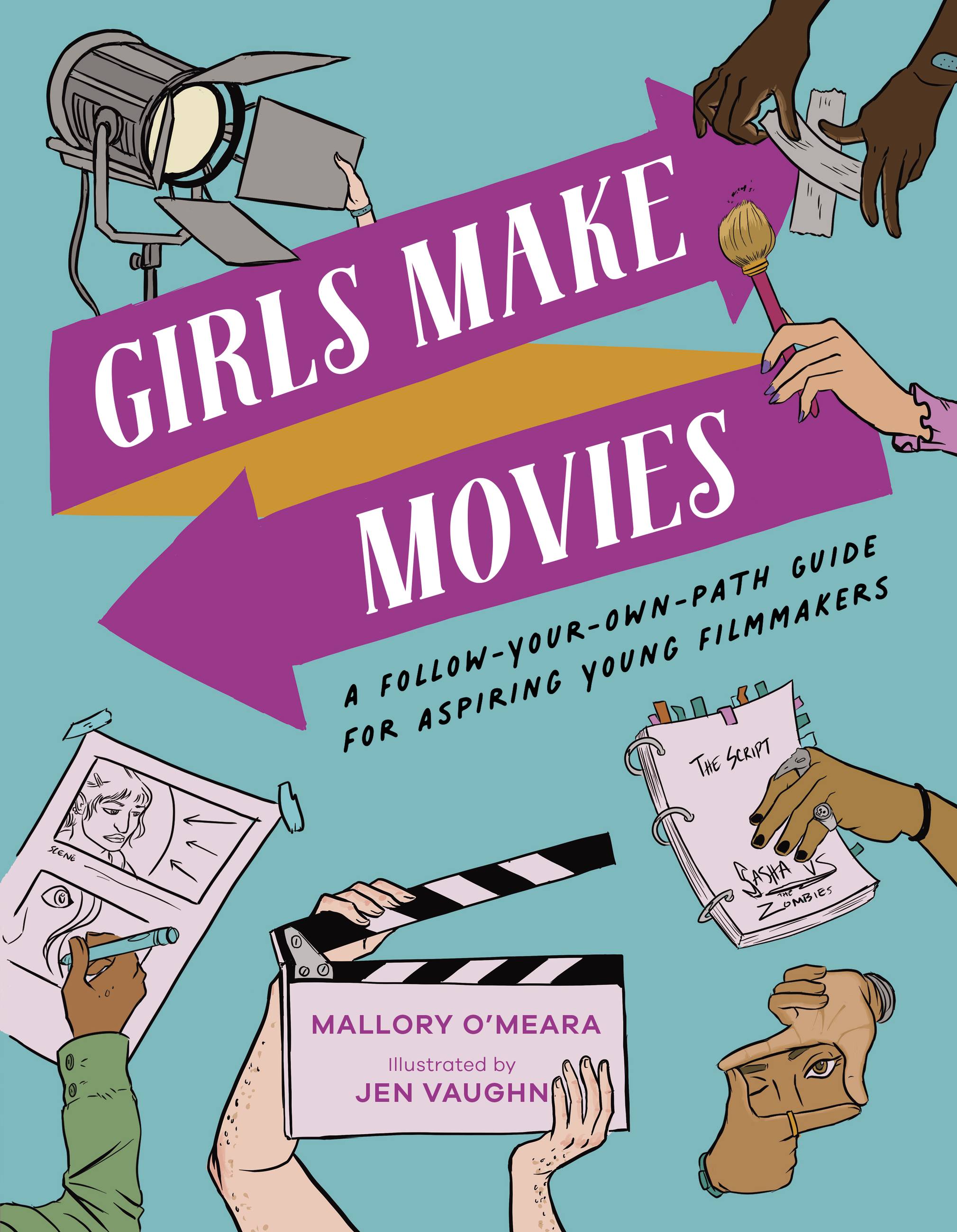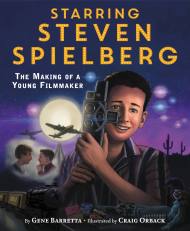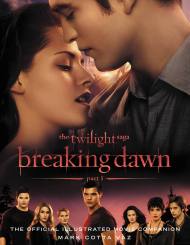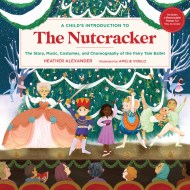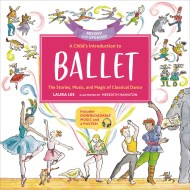Promotion
Use code MOM24 for 20% off site wide + free shipping over $45
Girls Make Movies
A Follow-Your-Own-Path Guide for Aspiring Young Filmmakers
Contributors
Illustrated by Jen Vaughn
Formats and Prices
Price
$17.99Price
$22.99 CADFormat
Format:
- Hardcover $17.99 $22.99 CAD
- ebook $9.99 $12.99 CAD
This item is a preorder. Your payment method will be charged immediately, and the product is expected to ship on or around May 23, 2023. This date is subject to change due to shipping delays beyond our control.
Also available from:
Girls belong in the world of filmmaking. While we see them acting on-screen, there are also countless women working every single job possible behind the scenes as part of the film's crew. Are you a girl who is interested in film making? Do you wonder how you actually make a movie? Well, this is the book for you.
Girls Make Movies puts you in the driver’s seat as you create a fictitious zombie blockbuster and are guided through each stage of production and learn about the processes, techniques, and people involved in making a Hollywood hit. Luckily, every path through this nonfiction book results in the film being made, but you will be asked to make choices that will affect the outcome of the movie. Will you shoot on location or on a studio lot? Use practical or special effects? Hire a greensperson or a someone to do pyrotechnics? The choices are up to you!
Written by critically acclaimed author Mallory O'Meara and paired with eye-catching, graphic illustrations by popular comic book artist Jen Vaugh, this unique, practical book provides young girls with advice and inspiration while offering a sense of adventure as they learn how to create a movie!
Genre:
-
“The breadth of information is impressive and will offer readers a greater understanding of and appreciation for the work that goes into filmmaking as well as the skills required for each role . . . future filmmakers will find this a good starting point.”Kirkus
-
“This bright, breezy, and informative manual walks young women (or any reader interested in the nuts and bolts of film production) through the tasks involved with making movies . . . enthusiastic and encouraging.”Booklist
- On Sale
- May 23, 2023
- Page Count
- 144 pages
- Publisher
- Running Press Kids
- ISBN-13
- 9780762478989
Newsletter Signup
By clicking ‘Sign Up,’ I acknowledge that I have read and agree to Hachette Book Group’s Privacy Policy and Terms of Use
Praise
-
“The breadth of information is impressive and will offer readers a greater understanding of and appreciation for the work that goes into filmmaking as well as the skills required for each role . . . future filmmakers will find this a good starting point.”Kirkus
-
“This bright, breezy, and informative manual walks young women (or any reader interested in the nuts and bolts of film production) through the tasks involved with making movies . . . enthusiastic and encouraging.”Booklist
Free Activity Sheet

